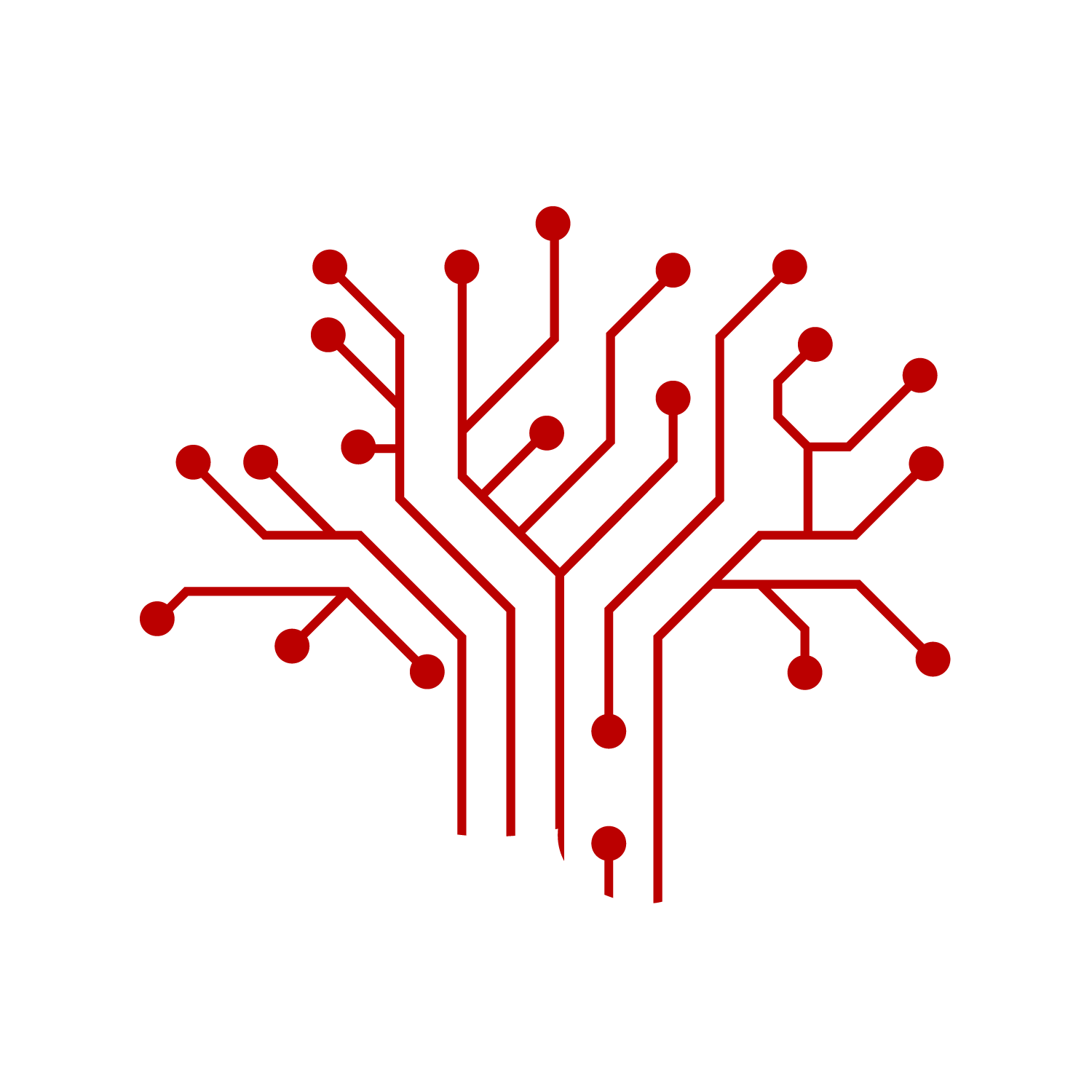The Brain That Remade Itself: Doctors removed one-sixth of this child’s brain — and what was left did something incredible
By Andrew Zaleski, OneZero
Media Inquiries- OneZero
“We’re looking at the entire remapping of the function of one hemisphere onto the other,” says Marlene Behrmann, a cognitive neuroscientist at Carnegie Mellon University who has been examining Collins’ brain for more than five years.
What happened to Collins is a remarkable example of neuroplasticity: the ability of the brain to reorganize, create new connections, and even heal itself after injury. Neuroplasticity allows the brain to strengthen or even recreate connections between brain cells—the pathways that help us learn a foreign language, for instance, or how to ride a bike.
The fact that the brain has a malleable capacity to change itself isn’t new. What’s less understood is how exactly the brain does it. That’s where Behrmann’s study of Collins comes in. Her research question is twofold: To what extent can the remaining structures of Collins’ brain take over the functions of the part of his brain that was removed? And can science describe how the brain carries out these changes, all the way down to the cellular level?
Previous neuroplasticity research has shed light on how the brain forms new neuronal connections with respect to memory, language, or learning abilities. (It’s the basis for popular brain-training games meant to improve short-term memory.) But Behrmann’s research is the first longitudinal study to look closely at what happens in the brain after the regions involved in visual processing are lost through surgery or damaged due to a traumatic brain injury.
“We know almost nothing about what happens in the visual system after this kind of surgery,” she says. “I think of this as kind of the tip of the iceberg.” Read more

